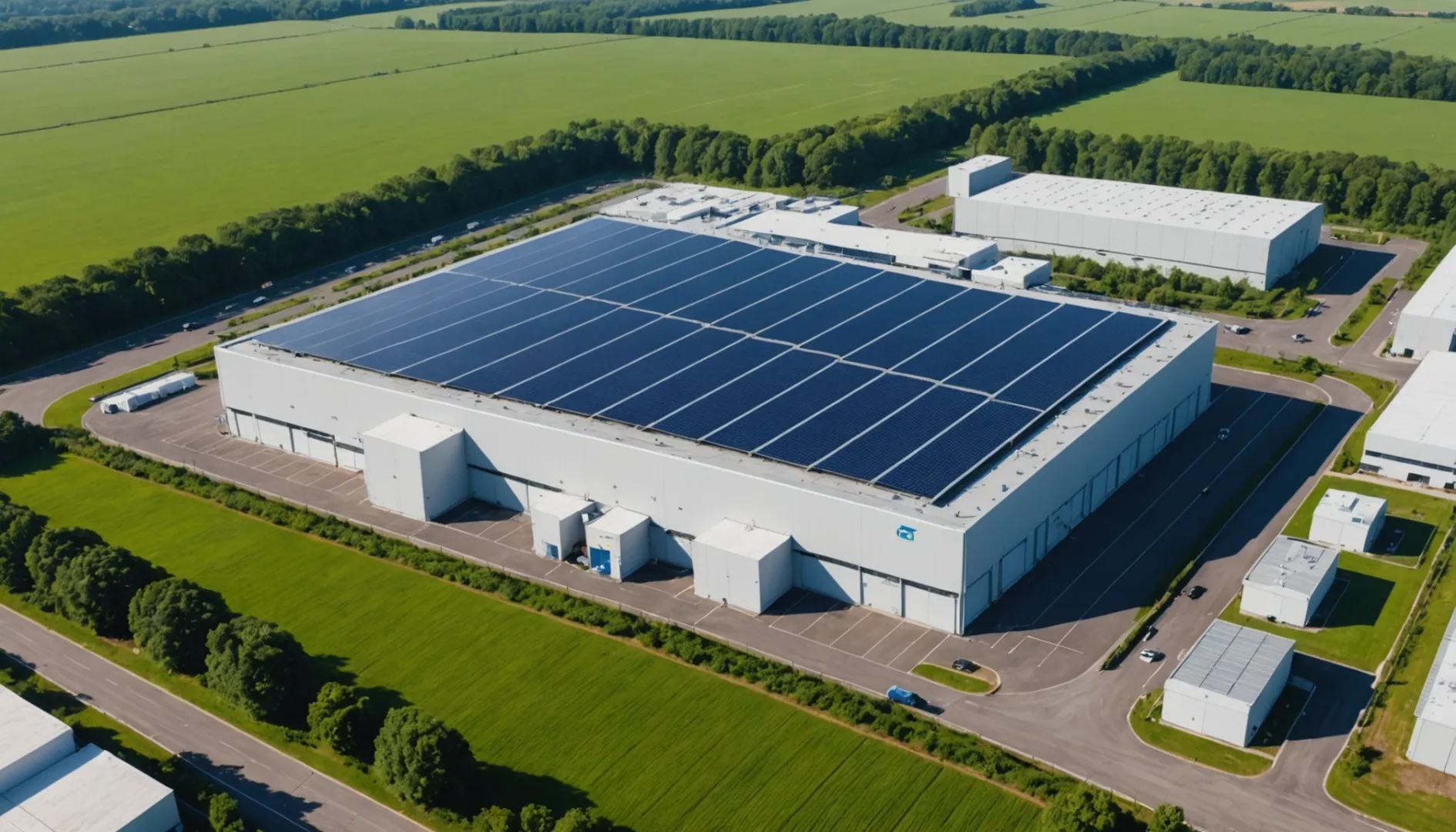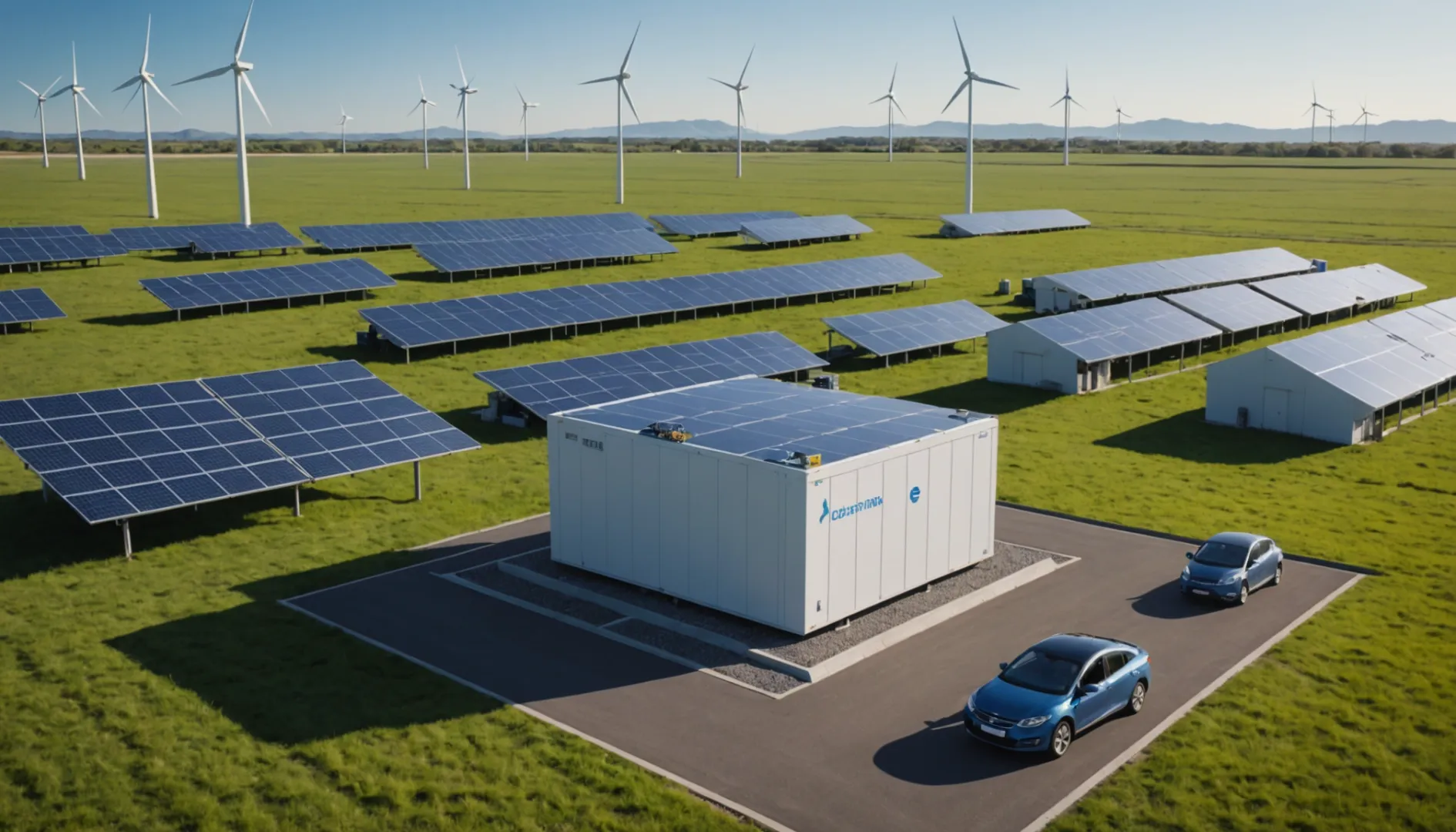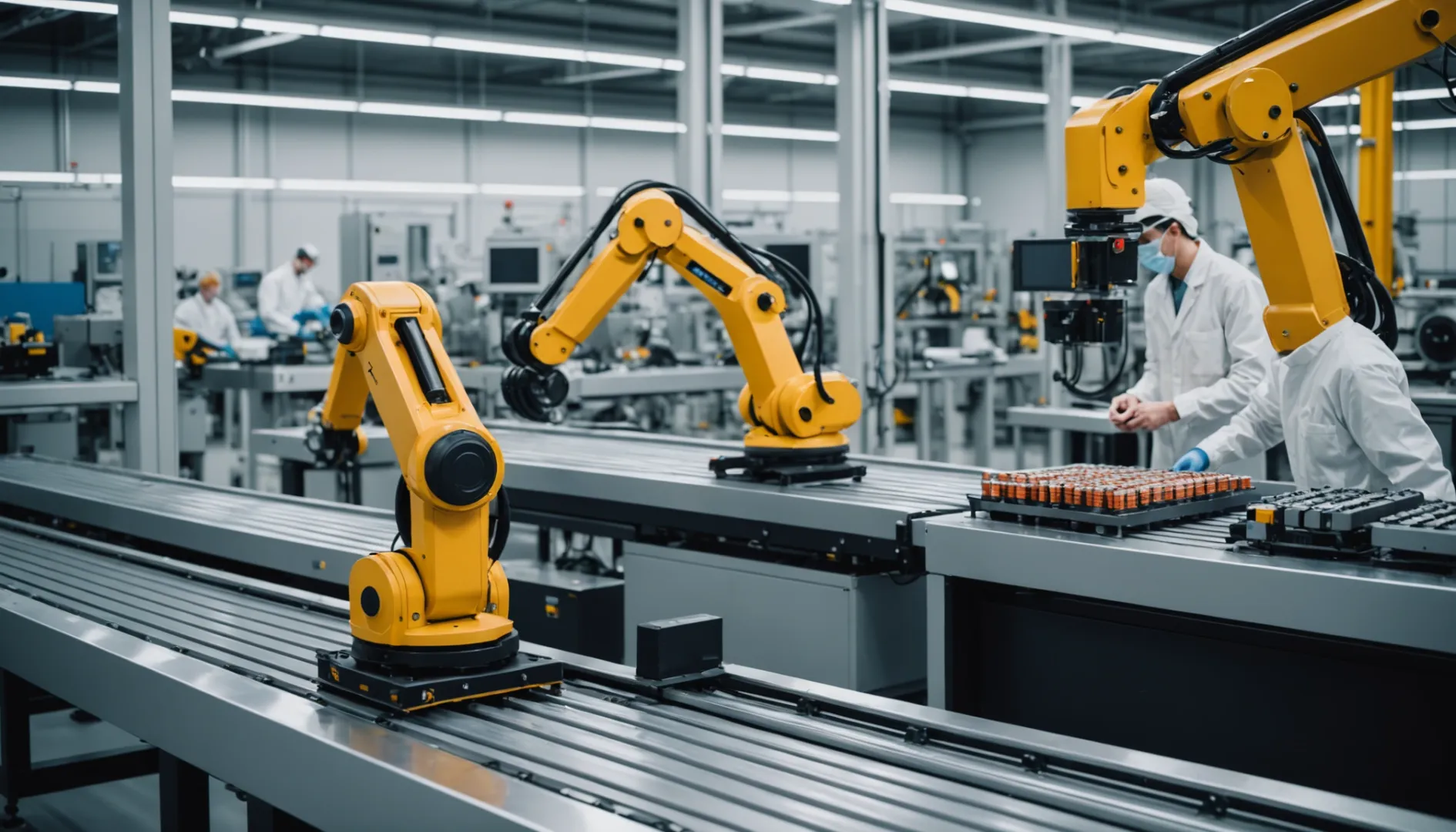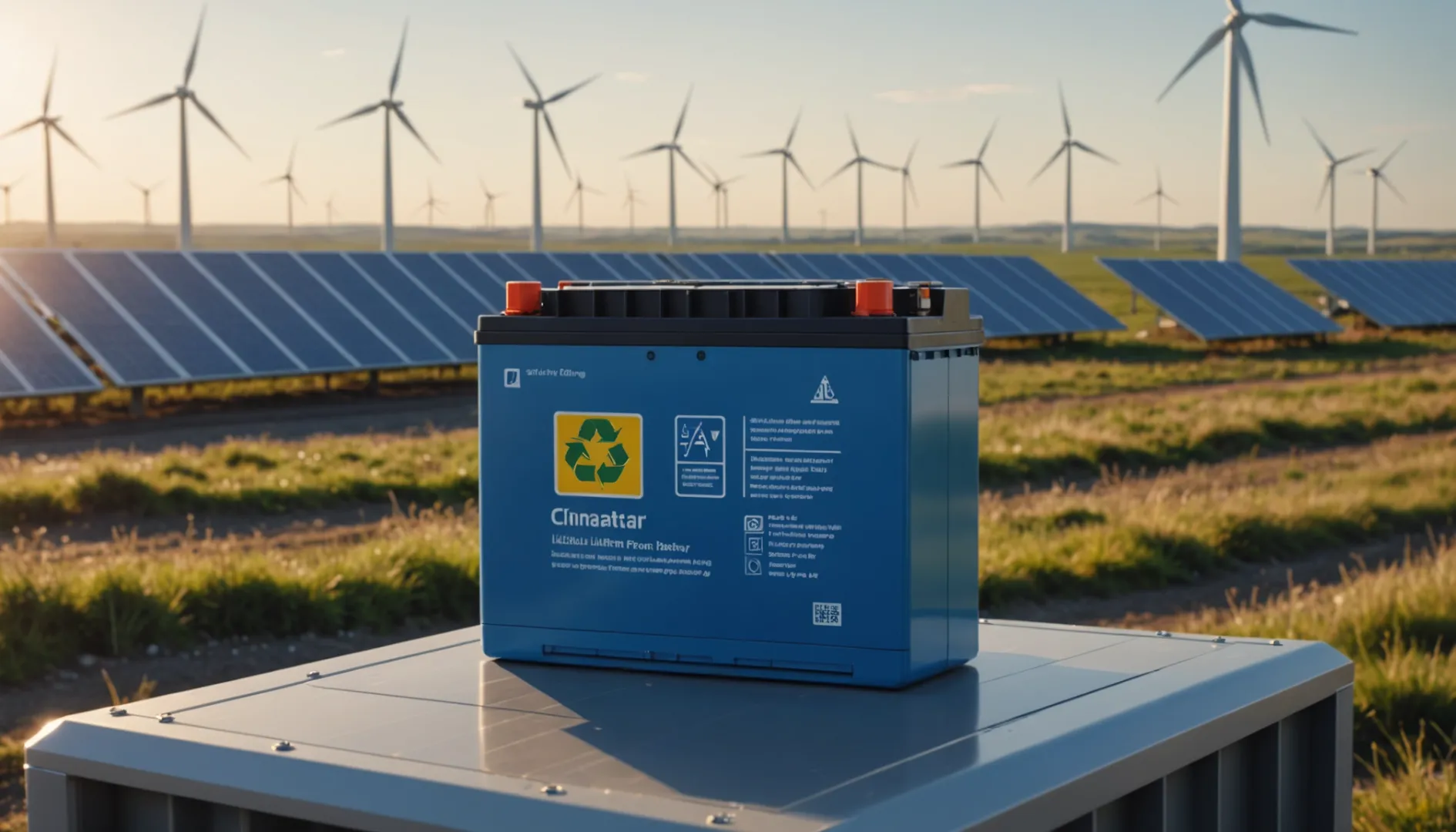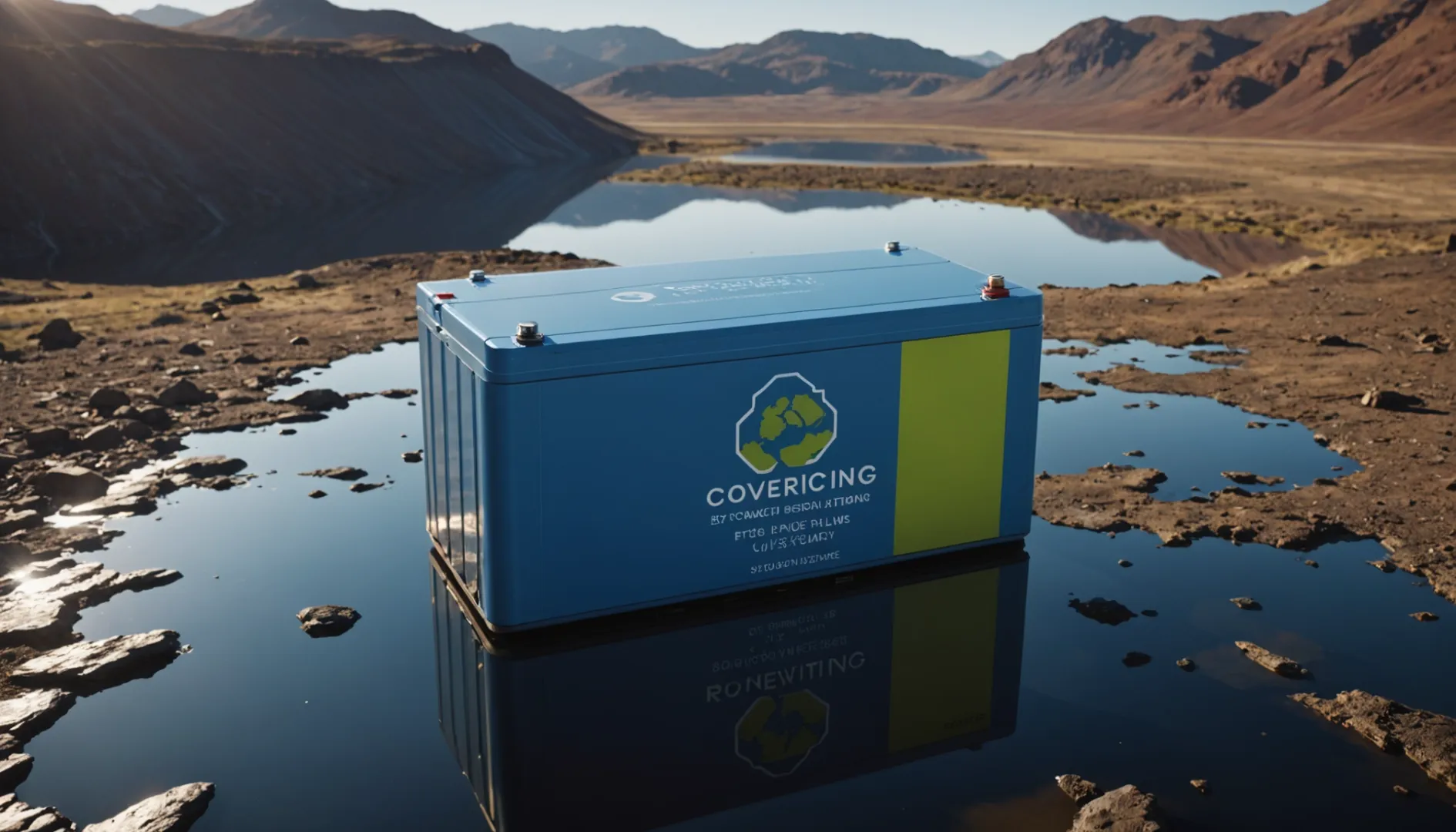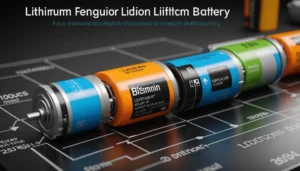Have you ever wondered why lithium batteries are suddenly all the rage?
Lithium batteries are becoming more affordable thanks to cutting-edge production technologies, the booming demand for electric vehicles, and manufacturing efficiencies. These factors have led to a consistent drop in prices, making lithium batteries increasingly accessible for both consumers and industries.
While it's exciting to see prices drop, there's a deeper story behind these numbers. I once found myself sifting through countless articles, trying to piece together how these batteries fit into our eco-friendly future. It's not just about cost—there are environmental impacts, complex production processes, and recycling challenges to consider. Let's explore what makes these batteries tick and whether they truly hold the key to a sustainable future.
Lithium-ion batteries reduce emissions by up to 80%.True
When paired with renewable energy, they can cut emissions significantly.
Only 5% of lithium-ion batteries are recycled globally.True
Currently, the recycling rate for these batteries is very low at 5%.
Why Are Lithium Battery Costs Falling?
Watching the cost of lithium batteries drop has been like witnessing a tech revolution in slow motion. Curious what's driving this change?
Lithium battery costs are plummeting due to advancements in manufacturing, economies of scale, increased competition, and innovations in material science. These elements combine to enhance production efficiency and lower material costs, making lithium-ion batteries more affordable.
I remember the first time I heard about lithium batteries—my friend was raving about their potential to transform everything from our smartphones to electric cars. At the time, they seemed like something out of a sci-fi movie. Fast forward a few years, and now they're a staple in my own life. But what’s really remarkable is how their prices have dropped so dramatically. Here’s why that’s happening.
Technological Advancements
Every now and then, I get really excited about technology—I mean, who doesn’t love a good gadget? It turns out, technological improvements have been key to driving down the cost of lithium batteries. For instance, new manufacturing techniques have made production more efficient and less wasteful. Imagine being able to do more with less—it’s like finding that perfect balance between using fewer resources and getting more out of them.
One of the coolest things I've read about is how advancements in energy density1 allow batteries to store more energy without bulking up. It’s like squeezing more into your suitcase without busting the seams—a real game-changer for making things cheaper and lighter.
Economies of Scale
I’ve always been fascinated by how things get cheaper as we make more of them. This is exactly what’s happening with lithium batteries. As demand for these powerhouses has surged—thanks largely to electric vehicles (EVs)—manufacturers have ramped up production. Think of it as baking cookies: the more you make, the less each one costs.
Places like Tesla's Gigafactory are scaling up in a big way, which helps reduce costs even further. Plus, with all this competition, companies are constantly looking for innovative ways to cut prices. It’s like being at a bake-off where everyone is trying to outdo each other.
Innovations in Material Science
Material science might sound a bit dry, but trust me, it’s anything but boring when you realize how it's slashing battery costs. Picture this: researchers are developing new electrode materials that are not only cheaper but also more sustainable. That’s a win-win in my book.
For instance, moving away from expensive and ethically tricky materials like cobalt is a huge step forward. And then there’s the promise of solid-state batteries2, which could eliminate some costly components altogether while boosting safety and longevity. It’s like upgrading from a flip phone to a smartphone overnight.
Government Policies and Incentives
I’ve always found it interesting how government policies can shape industries—and lithium batteries are no exception. Around the world, governments are supporting cost reductions through subsidies, tax breaks, and research funding. It feels like everyone is pitching in to solve this giant puzzle.
For example, research grants aimed at alternative materials and efficient recycling processes help lower production expenses. This support doesn’t just make economic sense; it encourages the broader use of electric vehicles and renewable energy storage systems (renewable energy technologies3), pushing prices down even further.
Every piece of this puzzle—from technology and manufacturing to policy—is working together to make lithium batteries more affordable. As someone invested in renewable energy's future, I find this trend both exciting and hopeful.
Lithium-ion batteries reduce carbon emissions by 50-80%.True
When paired with renewables, they significantly cut emissions.
Only 5% of lithium-ion batteries are recycled globally.True
Recycling is limited, with a small percentage currently processed.
How Do Production Advancements Affect Battery Pricing?
Imagine a world where electric vehicles are as affordable as their gas-guzzling counterparts. Thanks to cutting-edge production advancements, that dream is inching closer to reality.
Production advancements in battery technology are significantly cutting costs by enhancing efficiency, reducing material waste, and refining manufacturing processes. These improvements lead to lower prices for consumers, making electric vehicles and renewable energy solutions more accessible and affordable.
Efficiency Improvements in Manufacturing
I remember chatting with a friend over coffee about how complex battery production is. It's fascinating how techniques like "dry coating" have revolutionized manufacturing. By skipping the use of solvents, this method cuts both environmental impact and costs. Streamlining these production processes4 allows manufacturers to make batteries faster and with less waste, which directly affects pricing. It's like baking cookies: once you get the hang of it, you can whip up a batch in no time, saving on ingredients and time.
Material Innovations and Cost Reductions
Then there's the whole issue with expensive materials like cobalt. I read about how researchers are exploring alternatives, which not only slashes costs but also tackles ethical concerns about mining. It feels like finding a cheaper yet tastier substitute for an ingredient in your favorite recipe. By cutting down on pricey materials, battery prices5 can drop, making electric cars a more wallet-friendly option.
Automation and Scale
I had an eye-opening tour of a manufacturing plant once, where I saw automation in action. These systems reduce human error and boost production speed, lowering labor costs. It's like watching a well-oiled machine, literally! Plus, as companies expand to meet the demand, economies of scale kick in, slashing unit costs6 even further.
Impact on Market Dynamics
All these advancements don't just make batteries cheaper—they shake up market dynamics too. Lower battery costs mean more folks might ditch gas cars for electric ones. This shift could ramp up investment in sustainable tech, creating a virtuous cycle where improvements continue to drive down costs7. Imagine if every neighborhood was filled with sleek, quiet electric cars instead of the noisy, smelly gas ones—what a future that would be!
Lithium mining contaminates water sources.True
Lithium mining can lead to water contamination, impacting local ecosystems.
All lithium-ion batteries are 80% recyclable.False
Currently, only about 5% of lithium-ion batteries are recycled globally.
How Do Environmental Concerns Affect Battery Affordability?
Ever wondered why your electric car’s battery might be pricier than expected? Environmental factors play a big role!
Environmental concerns impact battery affordability by raising production costs, enforcing stricter regulations, and influencing ethical sourcing practices. These factors drive up manufacturing expenses, which in turn affect consumer prices.
The Cost of Eco-Friendly Manufacturing
Let me take you back to a time when I was exploring the world of renewable energy, eager to reduce my carbon footprint. I stumbled upon the complexities of eco-friendly manufacturing. It turns out, producing lithium-ion batteries in an environmentally conscious way isn't cheap. Traditional methods guzzle up energy and resources, making them costly. Companies are now switching gears, experimenting with renewable energy sources like solar-powered manufacturing plants8. While this shift is promising, it can initially hike up production costs.
Ethical Sourcing of Materials
During my quest for a sustainable lifestyle, I discovered the dilemma of sourcing materials ethically. Mining lithium and cobalt, essential for batteries, often leads to environmental degradation and raises ethical concerns. Ensuring fair labor practices and minimizing environmental harm come with a price tag. Companies committed to ethical sourcing may pay more for materials, passing some of these costs onto us as consumers. So yes, the price we pay reflects our shared responsibility toward sustainable practices.
Recycling and Its Economic Impact
I've always been an advocate for recycling, but I was surprised to learn how challenging recycling lithium-ion batteries can be. With only about 5% being recycled globally, it's clear we're just scratching the surface. Improving recycling rates could slash the need for new raw materials and potentially cut costs over time. However, setting up effective recycling systems requires significant investments. Thankfully, innovative recycling technologies9 are in the works to make this process more economical.
Regulatory Measures and Their Influence
As someone who keeps an eye on regulatory changes, I've noticed how governments are stepping up with new rules to mitigate environmental impacts of battery production. These regulations push manufacturers to adopt cleaner technologies and meet stringent standards, inevitably driving up production costs. While this might seem like an extra burden, some countries offer incentives for adopting green technologies, helping to balance the scales.
Understanding these intricate factors offers insight into how environmental concerns shape battery affordability. As technology and policies evolve, they'll continue to influence the landscape of battery economics and sustainability. It's an exciting journey of balancing cost with conscience, and I'm all in!
Lithium mining significantly impacts water resources.True
Lithium mining requires substantial water, risking depletion and contamination.
Recycling rates for lithium-ion batteries exceed 50%.False
Currently, only about 5% of lithium-ion batteries are recycled globally.
What Is the Future Outlook for Lithium Battery Prices?
Ever wonder what the future holds for lithium battery prices? With everything from cars to gadgets relying on them, it's a question worth exploring.
The future of lithium battery prices hinges on tech advancements, raw material access, and market demand. Prices might drop due to production efficiencies but could also fluctuate due to supply chain issues and geopolitical factors.
Technological Advancements and Production Efficiency
I remember the first time I heard about solid-state batteries—it was during a tech conference, and the excitement in the room was palpable. These innovations are set to revolutionize energy storage with higher energy densities and safer operations. The potential here is huge: as these technologies evolve, they could significantly slash manufacturing costs over time. And those sprawling gigafactories? They’re like the Costco of battery production, driving down prices through sheer volume.
Raw Material Supply and Environmental Concerns
Let’s not forget the raw materials. The availability of lithium, cobalt, and nickel is a hot topic. Picture this: on one hand, there’s a push for sustainable mining—a friend of mine who works in the industry says it’s like trying to find a balance between cost and ethics. Initially, these practices might raise costs, but as supply chains become more efficient10, prices could stabilize. Plus, advancements in recycling could lessen our reliance on fresh extraction, which is a win-win for costs and the planet.
Market Demand Dynamics
Electric vehicles are no longer just a futuristic idea; they’re here and they're demanding batteries—lots of them. With more people opting for EVs and renewable energy systems, demand for lithium batteries is on the rise. I recently chatted with an EV enthusiast who mentioned how policy shifts can cause demand to fluctuate. If there’s an oversupply from ramped-up production, we might see prices drop. But if regulations change, that could shake things up quite a bit.
Geopolitical Factors and Global Supply Chains
Ah, geopolitics—the wildcard in this equation. A former colleague who’s now working in China tells me how trade policies can send shockwaves through global supply chains. China’s dominance in production means any policy changes there could impact prices worldwide. But strategic alliances might help smooth out some of these bumps. It’s fascinating—and a bit nerve-wracking—to see how these global dynamics play out.
Understanding these complex factors is key for anyone involved with lithium batteries. By staying informed and agile, we can better navigate the ever-changing landscape of battery pricing.
Lithium-ion batteries reduce carbon emissions by 50-80%.True
When paired with renewable energy, they significantly cut emissions.
Only 5% of lithium-ion batteries are recycled globally.True
The recycling rate is low, highlighting a significant environmental issue.
Conclusion
Lithium batteries are becoming more affordable due to technological advancements, increased production efficiency, and growing demand for electric vehicles, despite environmental concerns and recycling challenges.
-
Explore cutting-edge energy density improvements enhancing lithium battery efficiency. ↩
-
Learn how solid-state technology decreases lithium battery expenses. ↩
-
Discover how government support is driving down renewable tech costs. ↩
-
Learn how dry coating enhances efficiency and reduces environmental impact. ↩
-
Explore materials that lower costs and address ethical mining issues. ↩
-
Discover how automation reduces labor costs and increases production speed. ↩
-
Understand how large-scale production reduces unit costs significantly. ↩
-
Discover how solar energy reduces carbon footprints in battery production. ↩
-
Explore cutting-edge methods making battery recycling more efficient. ↩
-
Explore how efficiency in supply chains affects lithium battery prices.
TOWO Power Is a leader for Battery product solution company from China ↩


